Disclosure: This article contains affiliate links. We may earn a commission from purchases at no extra cost to you, which helps our travel content.
The night sky above Ebeye in the Marshall Islands presents one of the most pristine celestial canvases I've encountered in my decades of astronomical observation. As someone who has spent 35 years studying the cosmos professionally, I've developed a particular affinity for remote island locations where the boundaries between earth and sky seem to dissolve into the vastness of the Pacific. Ebeye—often overshadowed by its neighbor Kwajalein and the broader Marshall Islands archipelago—offers solo travelers a rare confluence of astronomical wonder, maritime heritage, and cultural resilience that remains largely undiscovered by conventional tourism. My recent two-week sojourn to this 80-acre island revealed layers of complexity and beauty that belie its reputation as merely 'the slum of the Pacific.' Instead, I found a place where traditional navigation practices still inform daily life, where the rhythms of tide and stars create a natural timepiece, and where a solo traveler can truly disconnect from the digital world while connecting profoundly with both nature and self.
Navigating by Stars: Ebeye's Celestial Heritage
My fascination with Marshallese celestial navigation began long before I set foot on Ebeye. The indigenous wayfinding techniques developed here represent one of humanity's greatest achievements in observational astronomy—a practical application of stellar knowledge that guided islanders across thousands of miles of open ocean without instruments.
During my stay, I was privileged to spend three evenings with Alson, an elderly navigator who learned traditional star path techniques from his grandfather. Under the dome of stars that seems impossibly vast over the lagoon, Alson demonstrated how the rising and setting positions of specific stars create a mental map that has guided Marshallese sailors for centuries.
'The stars are our GPS,' he told me with a smile that revealed the pride in preserving this knowledge despite modern technology's encroachment.
For optimal stargazing, I positioned myself on the eastern shore after 10 PM, when most of the island's generators quiet down. The Milky Way arches dramatically overhead, and the southern celestial objects invisible from my usual Hawaiian vantage point emerge with striking clarity. I captured time-lapse sequences using my travel tripod, which proved remarkably stable despite the occasional coastal breeze.
What struck me most was how the astronomical knowledge here isn't relegated to specialists or elders—children as young as eight could point out navigational stars and explain their significance in crossing specific ocean channels. This living tradition of celestial literacy stands in stark contrast to our increasingly screen-mediated relationship with the night sky in more developed regions.
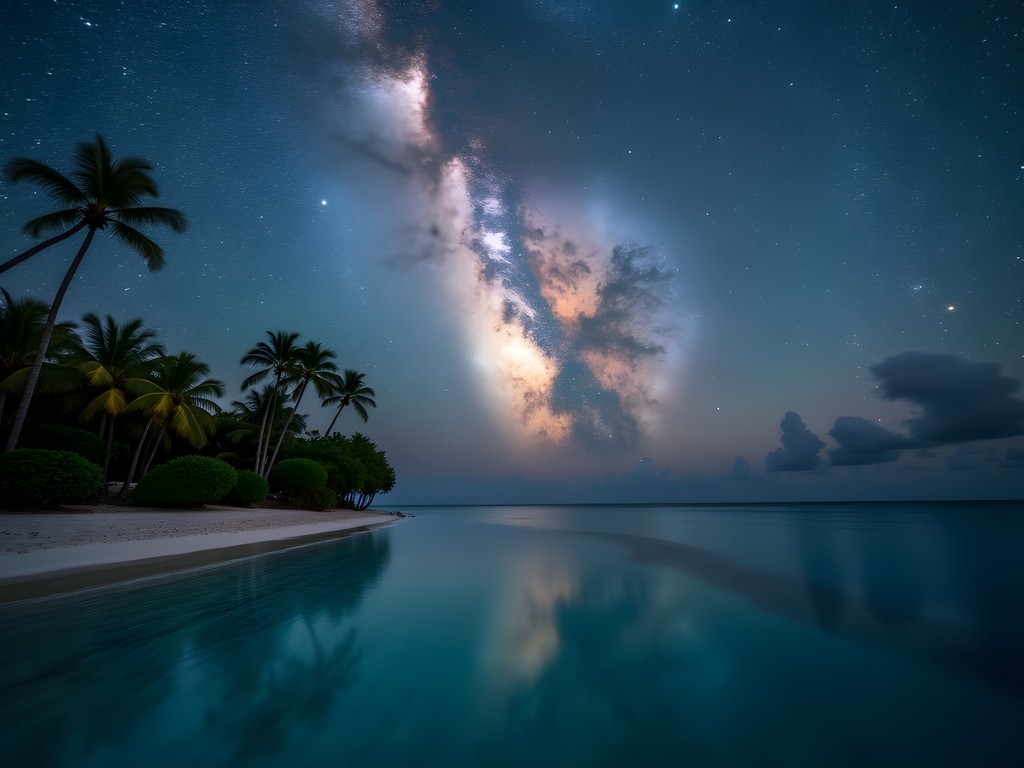
💡 Pro Tips
- Bring red-light headlamps to preserve night vision while stargazing
- Ask permission before photographing or recording traditional navigation demonstrations
- Learn basic Marshallese constellation names to show respect for local knowledge
Daily Rhythms: Adapting to Island Time
The transition to Ebeye's pace requires intentional deceleration for most Western visitors. My background in astronomical observation—where patience is paramount—served me well in adapting to what locals call 'island time.' The day begins early here, with fishermen setting out before dawn and markets bustling by 6 AM. I quickly adjusted my schedule accordingly, rising with the sun and embracing afternoon siestas during the peak heat.
Water conservation becomes second nature on an island where freshwater remains precious despite recent infrastructure improvements. My portable water filter proved invaluable, allowing me to refill from rainwater catchments without concern.
The island's compact dimensions—barely a mile long and a quarter-mile wide—mean transportation is predominantly by foot. I circumnavigated Ebeye daily, each circuit revealing new details: children practicing traditional stick dances behind the elementary school, elders weaving pandanus mats in doorways, the careful mending of fishing nets that still supplement imported food supplies.
Despite its reputation for density and limited resources, I found Ebeye's communal spirit created unexpected spaciousness in daily life. Invitations to share meals were frequent and genuine. When I expressed interest in local cooking techniques, three different families insisted I join them in preparing kabobo (fermented breadfruit) and various preparations of fresh reef fish.
The absence of tourist infrastructure becomes a feature rather than a limitation for the solo traveler seeking authentic connection. Without hotels, I arranged homestay accommodations through the Ebeye Community Council, which provided both comfortable lodging and invaluable cultural context that no commercial accommodation could offer.
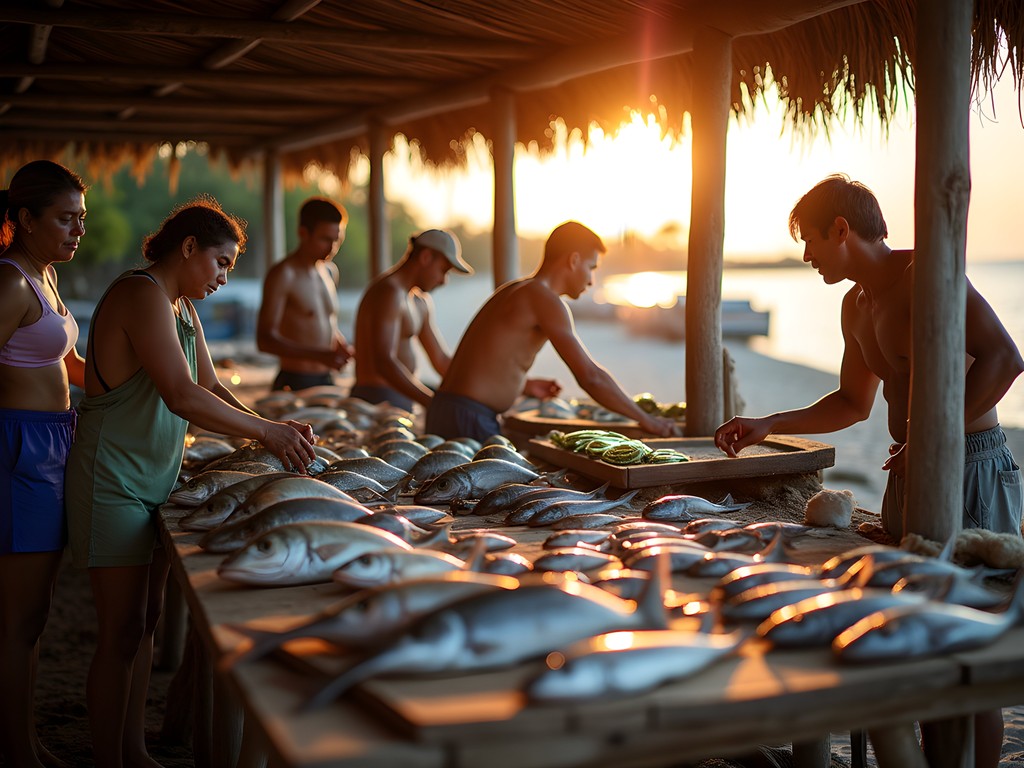
💡 Pro Tips
- Respect water conservation practices and bring reusable bottles
- Rise early to experience the morning fishing rituals and markets
- Connect with the Community Council before arrival to arrange homestays
Beneath the Surface: Diving Ebeye's Forgotten Wrecks
The waters surrounding Ebeye hold a complex historical record that few travelers ever witness. The lagoon bottom is scattered with the remnants of World War II—aircraft, landing craft, and supply vessels that have transformed into vibrant artificial reefs over the decades. As an avid diver with particular interest in maritime archaeology, I dedicated five days to exploring these underwater museums.
Prior to my trip, I connected with Majuro-based Marshallese Divers Association, who arranged for local guide Tente to accompany me. His knowledge proved invaluable, not only in locating sites but in explaining their historical context and the traditional marine territory concepts that still influence local fishing practices.
The most profound dive experience came at the 'Forgotten Squadron'—a collection of seven American fighter planes that ditched in the lagoon during a 1944 storm. Unlike the more famous wrecks near Bikini Atoll, these aircraft rest in relatively shallow water (40-60 feet), making them accessible to intermediate divers. The visibility often exceeds 100 feet, creating an almost ethereal experience as schools of jacks and parrotfish weave between propellers and fuselages now encrusted with vibrant corals.
For underwater documentation, my underwater camera captured remarkable details without the bulk of my usual diving camera rig. Its microscope mode proved particularly useful for documenting the intricate marine ecosystems that have colonized these historical artifacts.
Beyond the war relics, Ebeye's outer reef presents a dramatic wall dive where the Pacific abruptly plunges thousands of feet. Here, traditional fishing boundaries are still observed, with specific clans maintaining stewardship over different reef sections—a practice that has preserved marine biodiversity despite modern pressures.

💡 Pro Tips
- Arrange diving permits through the Marshall Islands Marine Resources Authority before arrival
- Bring your own basic dive gear as rental equipment is limited
- Learn about traditional marine territory concepts to respect local customs while diving
Cultural Resilience: Navigating Tradition in Modern Ebeye
Ebeye presents a fascinating study in cultural adaptation and resilience. Often characterized by outsiders solely through the lens of its challenges—high population density, limited resources, and the complex relationship with neighboring Kwajalein Missile Range—the island's vibrant cultural life remains largely invisible to casual visitors.
During my second week, I was fortunate to witness preparations for a kemem (first birthday celebration), an event of paramount importance in Marshallese culture. Extended families pooled resources for days, weaving intricate pandanus mats, preparing traditional foods, and rehearsing songs that connect present generations to ancestral knowledge.
'Our traditions are our strength,' explained Neimon, a local teacher who invited me to document the celebrations. 'When everything else has been taken or changed, we still have our ways of marking time, of celebrating life.'
The kemem revealed layers of cultural symbolism that connect celestial observation with daily life—the same stars that guide navigation also mark seasonal changes that traditionally determined fishing patterns, planting cycles, and ceremonial timing. This integration of astronomical knowledge into cultural practice resonated deeply with my own background studying cosmic phenomena.
I documented these connections in my field notebook, whose water-resistant pages proved ideal for Ebeye's humidity and occasional rain showers. My approach to note-taking—combining scientific observation with cultural context—evolved during my career studying astronomical folklore worldwide.
What struck me most was how younger generations are actively preserving traditions while adapting them to contemporary realities. I observed teenagers using digital technology to record elders demonstrating traditional skills, creating an archive of cultural knowledge while simultaneously sharing these practices on social media platforms when internet connectivity allows.
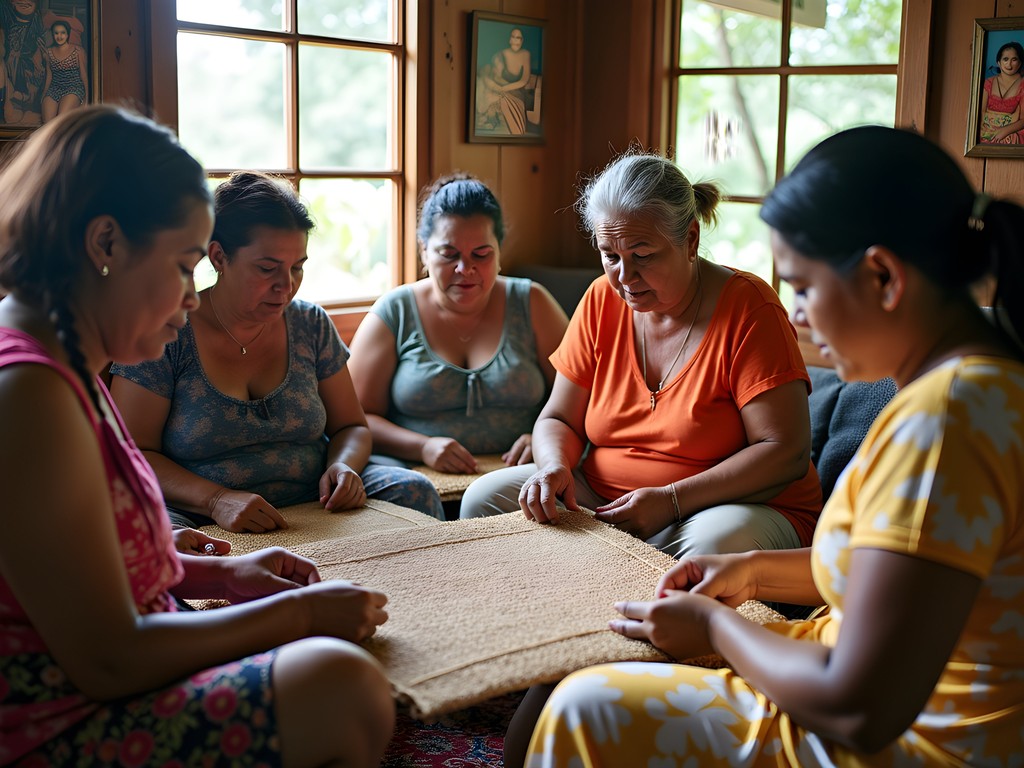
💡 Pro Tips
- Always ask permission before documenting cultural ceremonies or practices
- Bring appropriate gifts (fabric, fishing supplies, or educational materials) when invited to community events
- Learn basic Marshallese greetings and thank-you expressions to show respect
Practical Considerations for the Solo Traveler
Ebeye demands a different approach to solo travel than more touristed destinations. The absence of conventional tourism infrastructure requires advance planning, flexibility, and genuine community engagement. Transportation to the island itself presents the first challenge—most visitors arrive via Kwajalein Atoll, which requires sponsor authorization as it houses a U.S. military base. Civilian access comes primarily through twice-weekly United Airlines flights from Honolulu to Kwajalein, followed by ferry transfer to Ebeye.
Accommodations on Ebeye are limited to a single modest guesthouse and homestay arrangements. I opted for the latter through connections established with the Marshall Islands Historic Preservation Office, which provided both comfortable lodging and invaluable cultural context. Expect basic amenities—intermittent electricity, limited freshwater, and minimal internet connectivity.
Food options reflect both traditional practices and the realities of imported supplies. Small family-operated stores offer basic provisions, while home-cooked meals typically feature fresh seafood, rice, breadfruit, and pandanus preparations. Those with dietary restrictions should pack appropriate supplements, as options are limited.
Health considerations include proper hydration, sun protection, and basic first aid supplies. My travel medical kit proved essential for minor issues, though Ebeye does have a small hospital for emergencies.
Perhaps most importantly, solo travelers should approach Ebeye with appropriate expectations. This is not a destination for luxury or convenience, but rather for meaningful cultural exchange and natural beauty. The rewards come in the form of authentic connections, pristine marine environments, and celestial observations unhindered by light pollution.
Finally, respect for local customs cannot be overstated. Conservative dress (shoulders and knees covered), asking permission before photography, and learning basic Marshallese greetings demonstrate the respect that opens doors to genuine experiences beyond the superficial.
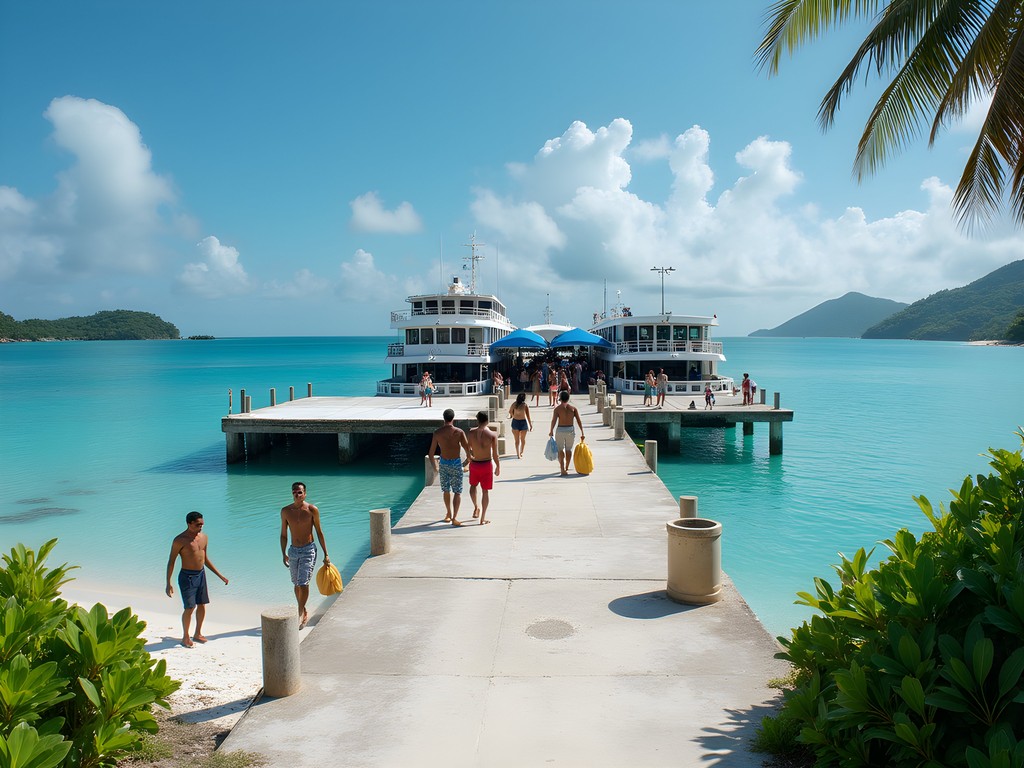
💡 Pro Tips
- Secure necessary permits and accommodations at least two months before travel
- Bring cash as ATM access is unreliable and credit cards rarely accepted
- Pack lightweight, modest clothing suitable for tropical climate and cultural norms
Final Thoughts
My fortnight on Ebeye revealed an island that defies simple categorization—a place where astronomical traditions inform daily life, where cultural resilience flourishes despite historical trauma, and where a solo traveler willing to embrace discomfort finds unexpected connection. As I departed by ferry, watching Ebeye recede against the vast Pacific horizon, I reflected on how this small island represents a microcosm of larger questions facing our planet: resource sustainability, cultural preservation amid globalization, and human adaptability. For the solo traveler seeking more than mere escape, Ebeye offers something increasingly rare—a place where your presence matters, where genuine exchange remains possible, and where the night sky still speaks to those willing to listen. The Marshall Islands' motto—'Jepilpilin ke ejukaan' ('Accomplishment through joint effort')—perfectly captures what makes solo travel here so meaningful: you arrive alone but quickly become woven into the community fabric, forever changing both yourself and your understanding of what it means to truly visit a place.
✨ Key Takeaways
- Ebeye offers unparalleled opportunities to experience living celestial navigation traditions
- Cultural immersion requires advance arrangements but provides authentic connections impossible in more touristed destinations
- The island's complex history and present challenges create a nuanced travel experience beyond typical Pacific paradise narratives
📋 Practical Information
Best Time to Visit
February to April (drier season with optimal stargazing conditions)
Budget Estimate
$150-200/day including accommodations, meals, and local activities
Recommended Duration
10-14 days minimum for meaningful cultural immersion
Difficulty Level
Challenging

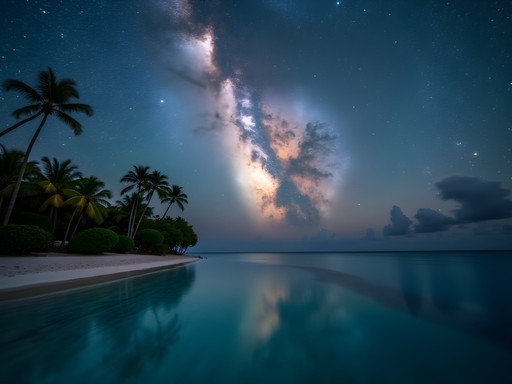
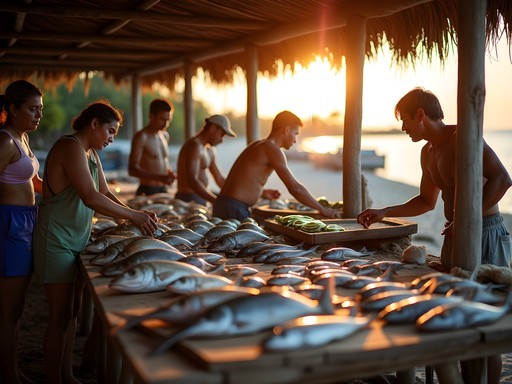
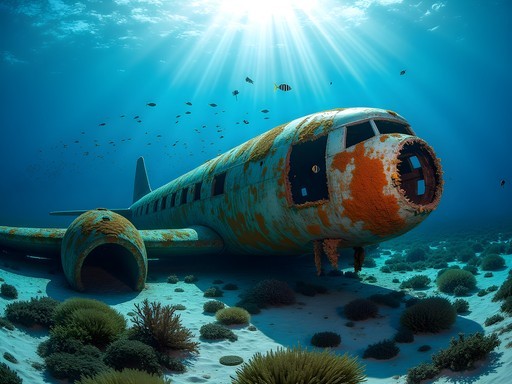
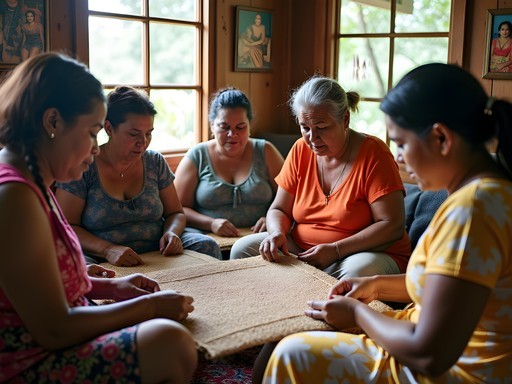



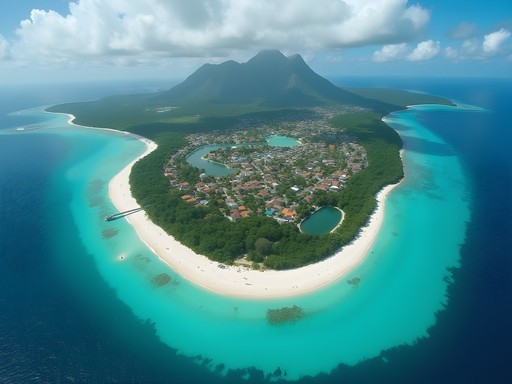

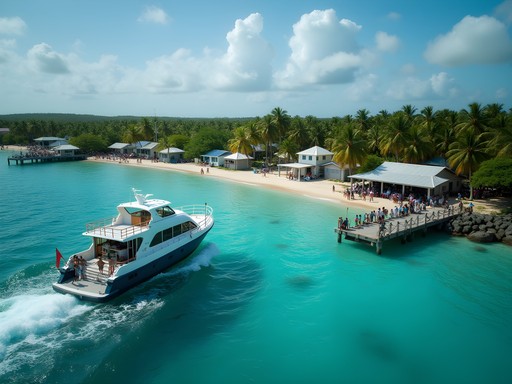
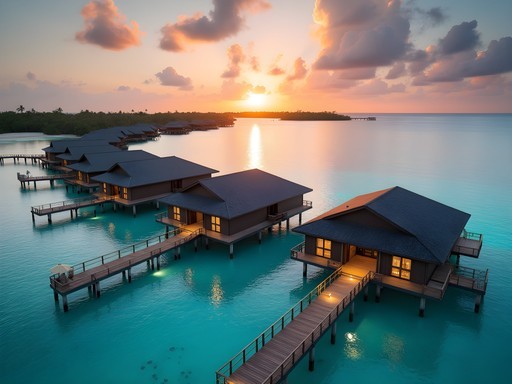
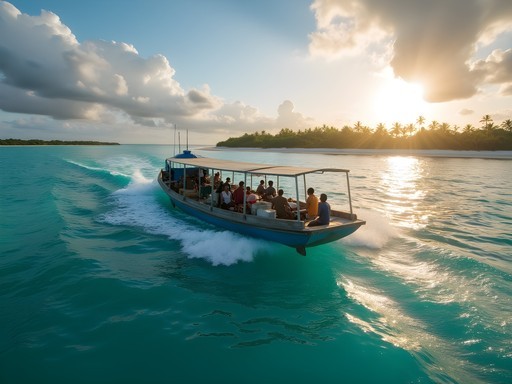
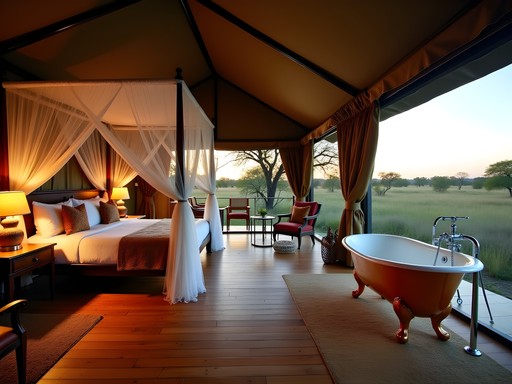
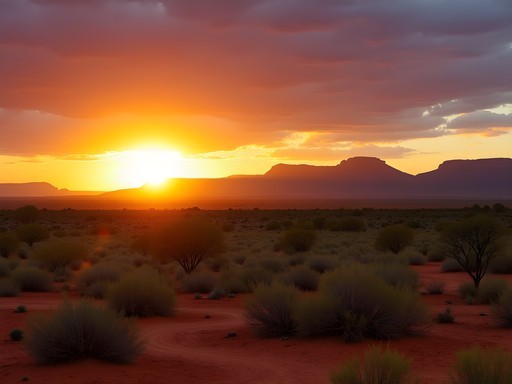

Comments
tripone
Those star photos are incredible! What camera setup did you use?
Scarlett Cox
Thanks! Just my trusty Sony A7III with a wide angle lens. The skies there are so clear that you don't need fancy equipment!
dreamhero
Those shipwreck dives sound amazing! How difficult were they? I'm a beginner diver with only 10 dives under my belt. Would I be able to handle it?
sunnyace
Wow, never even heard of Ebeye before! I love how you described the night sky there - makes me want to pack my bags immediately. Did you feel safe as a solo traveler? The Marshall Islands seem so remote.
Scarlett Cox
Absolutely felt safe! It's a small community where everyone knows everyone. Just respect local customs and you'll be welcomed warmly.
sunnyace
That's reassuring! Adding it to my bucket list for sure.
backpackchamp
Just finished reading this and had to comment - your section on 'Cultural Resilience' hit home. I spent time in Majuro but never made it to Ebeye. The way you described the balance between tradition and modernity feels so authentic. Did you participate in any community events during your stay? The photos are stunning btw!
Scarlett Cox
I was lucky enough to attend a small community festival celebrating traditional canoe building. It wasn't advertised anywhere - just got invited by locals I'd befriended. That's the beauty of spending enough time in one place rather than rushing through!
backpackchamp
That sounds amazing! Definitely the kind of authentic experience I look for when traveling. Thanks for sharing!
Megan Martin
Scarlett, your perspective on Ebeye is refreshingly nuanced. I visited last year for a sustainable tourism project and was struck by the same cultural resilience you mentioned. The juxtaposition of traditional navigation knowledge with modern challenges creates such a unique environment. For anyone planning a visit, I'd strongly recommend bringing a good star chart or downloading a stargazing app - the night sky there deserves proper appreciation. I used my travel telescope and it enhanced the experience tremendously. Your section on adapting to island time resonated deeply - it's essential advice for Western travelers used to rigid schedules!
Scarlett Cox
Thank you, Megan! You're absolutely right about the stargazing tools - the sky there deserves proper equipment. Your sustainable tourism project sounds fascinating - I'd love to hear more about it sometime.
redpro
How's the internet connection there? Need to stay connected for work while traveling.
backpackzone
Planning to visit in March. How difficult was it to arrange diving at those wreck sites you mentioned? Any specific operators you'd recommend?
Scarlett Cox
The diving scene is pretty small there - I used Ebeye Dive Adventures. They're not online much, so I'd recommend arranging through your accommodation when you arrive. The Mori wreck was my favorite - incredible marine life!
vacationlegend
Wow, I never would've thought of Ebeye as a stargazing destination! Your description of that night sky makes me want to book a flight immediately. I visited the Marshall Islands briefly two years ago but completely missed Ebeye. The way you connected the astronomical traditions to daily island life was fascinating. Did you find the locals open to sharing their celestial navigation knowledge with visitors?
Scarlett Cox
Thanks for your kind words! Yes, I found many elders were quite willing to share their knowledge, especially if you show genuine interest and respect. There's a small community center where occasional talks are given about traditional navigation - definitely worth checking out if you return!
vacationlegend
That's great to know! Adding it to my list for next time. The connection between culture and astronomy sounds so unique.
travelhero
Just booked my tickets after reading this! Can't wait to see those stars for myself!
TravelWithKids
Beautiful post! Would you recommend Ebeye for a family with teenagers or is it better for solo travelers?
Jean Wells
Not the author, but I've taken my grandchildren (15 and 17) there. They were fascinated by the marine life and cultural experiences, though the limited infrastructure can be challenging. I'd recommend it if your teens are adaptable and interested in genuine cultural exchange rather than resort amenities.
Scarlett Cox
I agree with Jean! It's perfect for teens interested in marine biology, astronomy, or indigenous cultures. Just prepare them for basic accommodations and limited connectivity. The educational value is immense.
Venture X
Premium card with 2X miles, $300 travel credit, Priority Pass